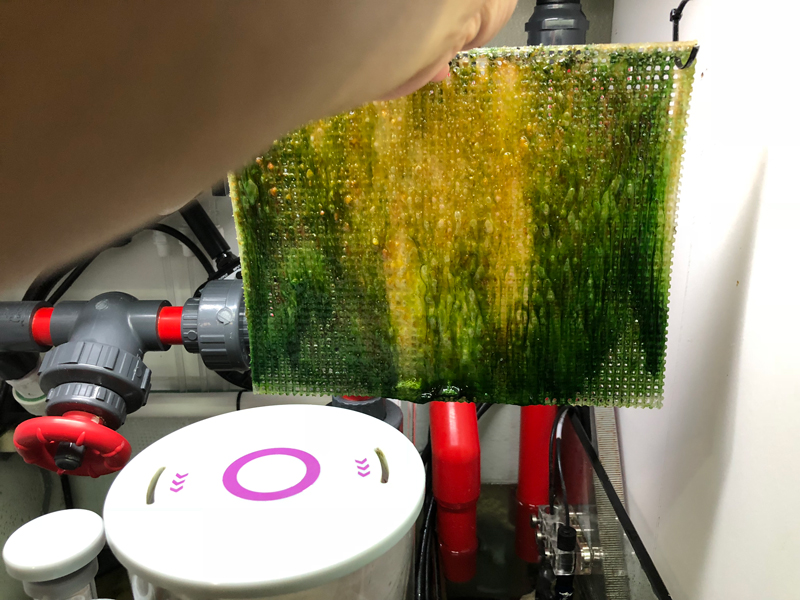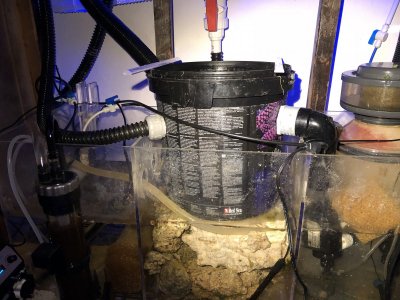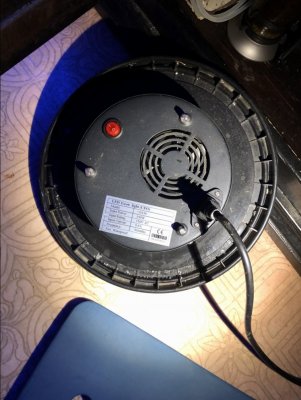The algae from that photo is fresh water. I've had it in my pond. Lay it out on something to dry & its just like a sheet of mat fiberglass.
Thanks again. I am a little out of the loop with common terms. I think I mentioned earlier that my algae scrubber knowledge came from experimenting and the book “Dynamic Aquaria” and I was just looking at the cover of the book that has a photo of some hands pulling up on a big web of hair like algae and that has been my point of reference up to now. I know the exudate was a concern back in 95 when people were choosing between the “Berlin” method and algae scrubbers. I am glad to hear that it is not much of an issue.
Several of the references in the book refer to the Baltimore aquarium. When I was there earlier this year I went back stage and was talking to one of the biologists. I asked him what came of the scrubber. He pointed to where it had been located for their reef display and said “I was just sick of climbing up there to clean it out”. They had pulled out some time ago. I agree with him about cleaning. With my tank scraping Ulva out of the grow section is not convenient or easy. It is much nicer to just grab a handful of Cheato and pull it in half. A little different design of my algae grow chamber and I could see how a turf algae would be just as attractive to me.
The National aquarium’s (Baltimore aquarium) coral display still showed a need for nutrient removal that was not being addressed, but the massive shark tank is something I have only imagined.
The exudates from the fleshy slow growing algaes that leak a high percentage of their carbon uptake is utilised by virulent bacteria as a food source.
The bacteria don't seem to like the exudates from the fast metabolising/growing algaes that leak a small percentage of exudates typically used for filtration.
What ever, activated carbon deals with it in any case as it deals with toxins from corals & other organisms.
I don't think algae filtration is suitable for large public aquaria. Its not practicle in that application.
But maintenance on large scale aquarium filtration is never quite the same as the typical home aquarium.














